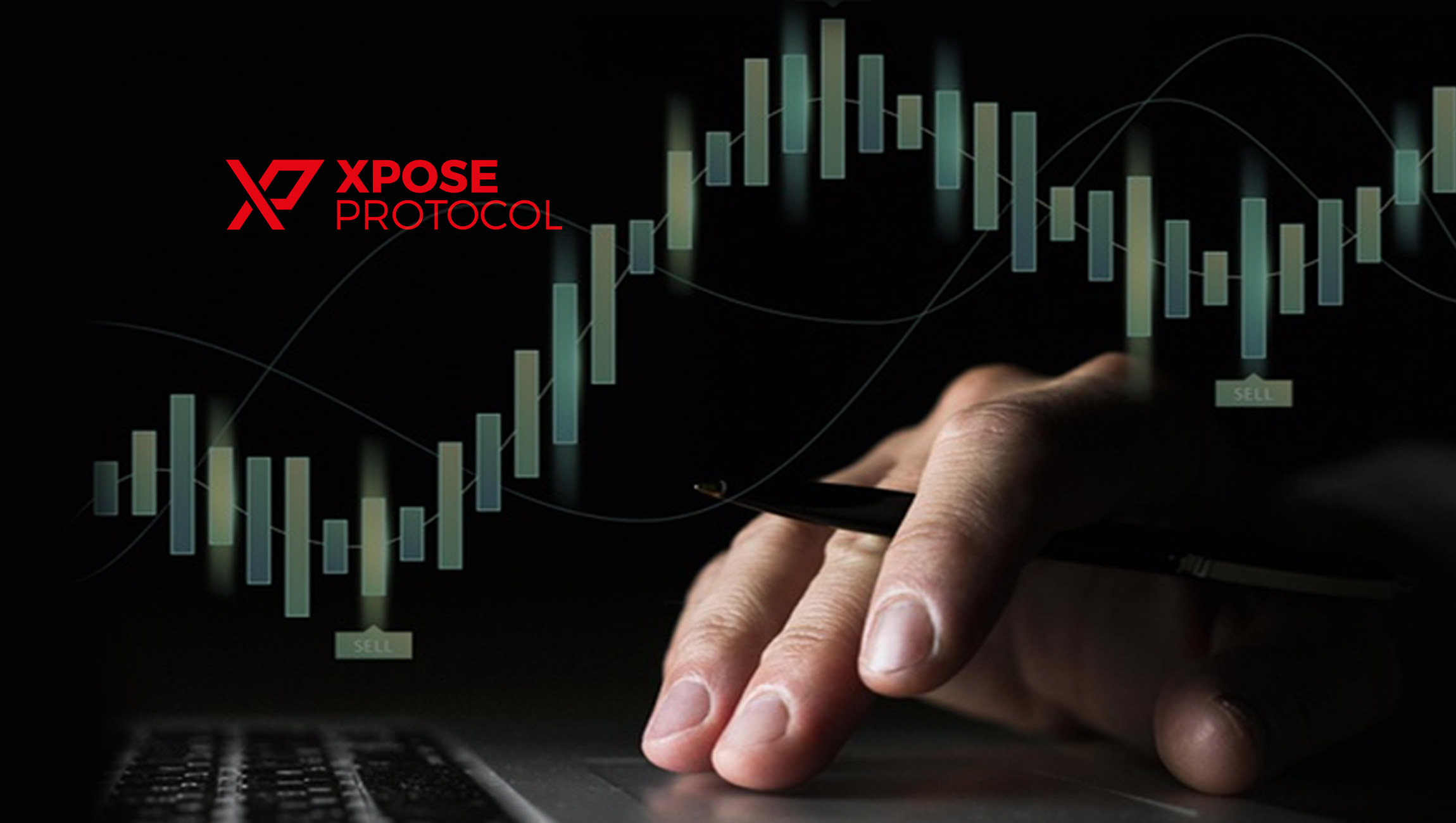What are some of the top factors that are leading to disruptions in digital advertising and how will the future of adtech influence new ad trends and formats? Dwight Green, Chief Business Officer at AdImpact shares his observations: ________ Thank you for having me! AdImpact is a leader in the ad intelligence space. We have an ad intelligence SaaS platform that our clients leverage. They include ad agencies, media firms, data and martech platforms, political entities, and others. Our platform allows clients to gain a granular sense around advertising occurrences and competitive advertising spending. AdImpact formed in 2014, originally to bring more insight and depth to the political ad arena and has become the leader. We have now expanded beyond that specific niche, coming to the forefront, in offering ad intel that tracks every industry. AdImpact’s taxonomy covers 19 categories and over 380 subcategories. So that’s all 210 DMAs, all national networks, 1100 local broadcasters, and over 80 cable networks. That means we cover a million-plus TV ad occurrences daily addressing over 41,000 brands and advertisers that we’re tracking and slotting. Then, we produce insights to our clients that they can package into their own planning and reporting. This broad capability also includes digital advertising where we track ads for over 12,500 publishers and over 24,000 advertisers. As the Chief Business Officer, I joined the company in 2020 and am focused on helping drive innovation, strategy and overall go-to-market execution. I collaborate closely with our teams in sales, product and technology. Marketing Technology News: MarTech Interview With JR George, Administrative Vice President At Trustco Bank I have been in this space for over 20 years. I’ve seen it change a significant amount, from the nineties when I worked with VNU (now Nielsen) to help them understand how advertising was being executed in this new terrain called “the web,” that was a new concept then, right? I helped pioneer that effort. Over the last 20 years or so, there has not been a lot of innovation with the age-old incumbents in this specific ad intel space. This camp is made up of even the smaller guys in the space who have not done a lot to propel ad intelligence forward. So, given the cultural DNA that has been constructed by our CEO Kyle Roberts since 2014, we can drive ad intelligence forward to enable far greater marketing outcomes. We are now working across all industries at AdImpact, to drill down in a nuanced way around CTV/OTT advertising which is not being tracked well now. For broadcast and overall advertising, we have elevated the way to smartly estimate spend using real information inputs from buy and sell-side partners, panels, audit information sources, and other sources to drive a good overall understanding of ad expenditure. We think it has not changed a lot in the last couple of decades so there is a clear opportunity to innovate and propel things forward meaningfully. I see the rising CTV activity over the last few years as something of a connector to bring martech and ad tech into the mix. Ad intelligence had been more of an old school, traditional “what’s advertising occurrence or spend,” for a given market/DMA or nationally. That was the limited level of granularity you got, but with CTV, you are talking about advertising at the household consumer level, which is where ad tech and martech have been the last 10 plus years. Understanding ad intelligence at a granular household level, not just market level, means all the learnings and innovations coming out of ad tech and martech can be layered into more traditional ad intelligence execution. We see an opportunity to play an important role in making use of that bridge. In the end, our clients, participants in the highly dynamic and competitive set of ecosystems across media, data and martech, need the insights at a more enhanced level than existed before. The pandemic created a lot more consumption of advertising via streaming. For digital advertising, it’s not just looking at websites or on your phone for static content, you’re streaming video content, and more, far more increasingly. As we go forward, I think merging old school approaches to tracking advertising with the newer audience-based approach is important. We also can’t forget the regulatory issues regarding consumer privacy, and so on. The loss of the cookie, the loss of being able to target directly in the digital sense is important. CTV advertising coming through smart TV devices has not been heavily regulated yet. So, you can still execute at a more granular level because most users have opted in when setting up their CTV devices. There’s not much scrutiny now, though that may change over time. As long as you have solid statistical panel-driven approaches to expand on ample census level data, that should be good enough to drive ad intel solutions forward. It’s in understanding each channel well enough in addition to across channels. Tracking activity on your mobile phone versus on your PC screen versus streaming into your households, whether on your smart TV or other devices, is a bit challenging. There is the audio aspect of podcasting and music streaming that’s now coming through. It’s the continued proliferation of media channels and the ways that consumers are consuming media. Walled gardens are not helpful. Facebook, Apple, Google, and so on are walling off insights they have gleaned from the consumer. You see Samsung and Roku, giants in the TV video streaming area, walling off their gardens more. So, it becomes even harder to understand who is being exposed to marketers’ communications and how they’re reacting to it. It’s becoming more challenging to answer that basic marketing question. I don’t see it necessarily getting easier. It just means we have to be smarter and savvier regarding how we triangulate around that. So, whether it’s census data plus panels, and/or allying with others in the industry, you need to smartly get as close to the answers as we can. Marketing Technology News: MarTech Interview With Amit Daniel, Chief Marketing Officer And Strategy Officer At Cognyte Tech stacks, maybe over the last five to ten years, have become more significant, driven by consumers’ ingestion of content from their PC screens and mobile phones. With video coming into the mix hardcore now, on smart TV, mobile phones or other devices, and then privacy, layering on top of that, meaning more scrutiny, it means there’s a lot happening around the stack. Also, you have the walled garden challenge. I think you’re going to see old school research methodology, through panels, and statistics, and so on, making you do a fair amount of estimation to get as close to the answer as you think you can. There’s likely going to be an evolution towards more old school approaches because of the regulatory environment, the endless proliferation of ways that consumers ingest content, walled garden constraints and more. For the rest of 2021, I will be trying to make sense of the crazy CTV/OTT landscape! You have far more suppliers of media than ever because of smart TV manufacturers now selling media, along with exchanges, DSPs, and others offering video inventory. The buyers of media are going to vary too, whether marketers direct, ad agencies, and other intermediaries. Then there is a whole array of providers in the mix like AdImpact. Understanding one’s roles is essential. It is very challenging, and we are trying to see how we can help bring order to the landscape. Before long, the innovation and advancements will become clearer. Advertisers, agencies, media players and providers will benefit from more clarity and become smarter about the space at large. Marketing Technology News: MarTech Interview With Massimo Arrigoni, CEO At BEE AdImpact, previously Advertising Analytics, is an advertising tracking company that delivers bold data solutions for fast, smart decisions. Dwight Green is the Chief Business Officer at AdImpactWelcome to this MarTech Series chat Dwight, tell us more about AdImpact and your role as Chief Business Officer?
How have you seen the need and demand for advertising intelligence change over the years? What kind of adtech and martech is now taking a priority for advertisers and marketers as trends change?
How have you seen digital ad trends change during the Covid-19 pandemic? A few predictions for the near-future?
What are some of the top challenges you see facing adtech users today as they navigate multichannel environments?
As the need for deeper intelligence and insights grows in marketing and advertising, in what ways do you feel marketers and advertisers of the future will have to shape their tech stacks?
A few last thoughts and takeaways for marketing leaders and CEOs/CMOs to keep in mind through 2021?

What does it take to Drive Customer Success in B2B? Catch the latest marketing, sales and customer facing best practices from these podcasts with industry leaders!











